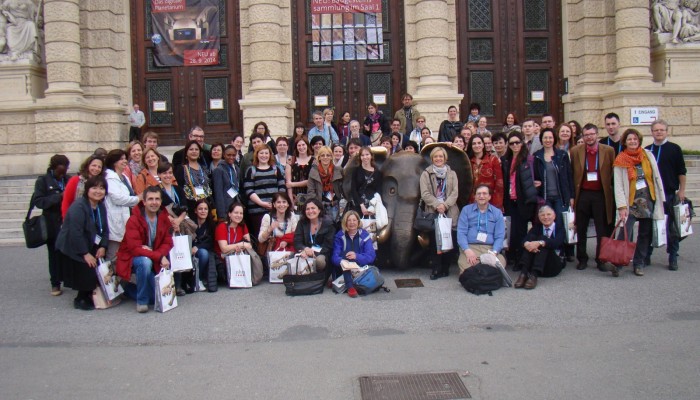
The most recent issue (Winter/Spring 2015) of the Teachers Clearinghouse for Science and Society Education Newsletter includes a piece, by Earth Science Correspondent, Michael J. Passow, on the 2015 General Assembly and the GIFT (Geosciences Information For Teachers) Workshop. Passow gives an account of this year’s workshop, on the topic of mineral resources, and outlines the participating teacher’s experience.
Each spring, the European Geosciences Union (EGU) General Assembly brings geoscientists from all over the world to Vienna for a conference covering all disciplines of the Earth, planetary and space sciences. EGU 2015, convening 12-17 April, provided a forum where scientists, especially early career researchers, could present their work and discuss their ideas with experts in all fields of geoscience. Concurrently, nearly 80 educators from around the world gathered for the 11th Geophysical Information for Teachers (GIFT) workshop of the EGU. They included, for the first time, your correspondent.
This year’s GIFT workshop welcomed 76 teachers from 21 different countries. GIFT 2015 centered on the theme “Mineral Resources.” Driving this selection was growing awareness that expansion of the world population from 6 to 9.6 billion in 2050 and rapid industrialization of highly populated countries, combined with an overall higher standard of living, are expected to intensify global competition for natural resources and place additional pressure on the environment, both terrestrial and marine. We recognize that mineral reserves are being depleted, and concerns are growing about access to new raw materials, especially basic and strategic minerals. Rise in the price of several essential metals, for example copper, has prompted some industrialized countries to initiate concerted activities to ensure access to strategic minerals.
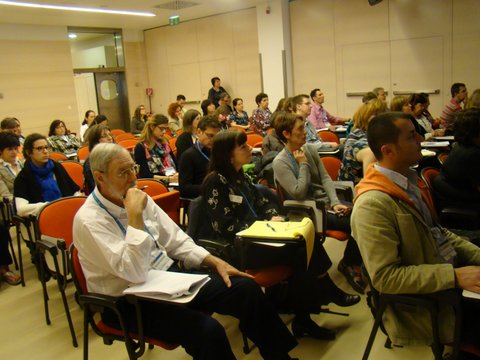
Participants of the GIFT workshop at the 2015 General Assembly. Credit: Michael J. Passow, Earth Science Correspondent for the Teachers Clearinghouse for Science and Society Education Newsletter.
Europe has recently begun initiatives that attempt to solve the issue. Europe depends greatly on imports for many materials needed for construction and heavy and high-tech industries. Recycling, resource efficiency, and searching for alternative materials are essential, but probably not sufficient to meet demands. There is a need to find new primary deposits. But politicians and business leaders are concerned because deposits, when identified, occur in areas difficult to access, barring modern exploration technology, and requiring huge investment costs. Exploration requires substantial capital, rare expertise, and leading edge technologies in order to secure the lowest extraction costs. GIFT 2015 matched teachers with experts of exploration, extraction, policy making in the field of future mineral resources, including the deep-sea frontier.
The EGU welcomed the teachers and started to bond them with a special guided visit to the Vienna Museum of Natural Sciences on Sunday, 12 April. They then joined all conference participants in the “Ice Breaker Party” at the Austria Center, where the scientific programs took place. Find out more information about EGU 2015 here.
Many of the participating teachers also contributed to the program through hands-on workshops, poster sessions, and other activities. Your correspondent presented in one of the hands-on workshop sessions classroom-based activities about minerals. Participants made models of the silicon-oxygen tetrahedron and other molecules using raisins and toothpicks. They shared strategies to teach important minerals properties, such as cleavage and magnetism, in their countries. An anticipated highlight was distributing samples of fluorescent minerals donated by the Sterling Hill Mining Museum in Ogdensburg, NJ, and watching them glow under ultraviolet energy.
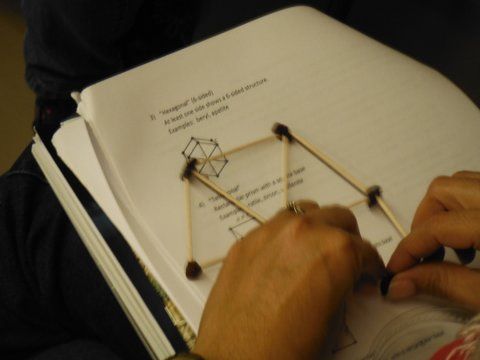
Hands-on workshops at the GIFT workshop during the 2015 conference. Credit: Michael J. Passow, Earth Science Correspondent for the Teachers Clearinghouse for Science and Society Education Newsletter.
Many of the teachers received partial conference expenses through professional societies and other sources. When participants return to their home countries, they are expected to complete an evaluation form to assess this year’s program and provide guidance for next year’s. Each will also make presentations about their EGU experience to teaching colleagues, submit reports and photographs about how GIFT information and resources have been used, and, contribute articles about the GIFT workshop to professional publications aimed at geosciences teachers.
You can learn about past GIFT workshops through the EGU website. Beginning in 2009, EGU has created web-TV presentations, which may be freely downloaded and used in classrooms. To expand the impact and outreach of the programs, the EGU Committee on Education began in 2012 a series of GIFT Distinguished Lectures in several European countries. Leading scientists who have participated as speakers in GIFT workshops during the EGU General Assemblies are supported to provide organized educational event for high school science teachers.
Similar GIFT Workshops are offered at the annual American Geoscience Union meetings held each fall in San Francisco. These are organized by the National Earth Science Teachers Association and the AGU Education Program. Resources from the previous four AGU GIFT workshops are available online.
by Michael J. Passow, Earth Science Correspondent
This article originally appeared in the Newsletter of the Teachers Clearinghouse for Science and Society Education.
For an electronic subscription to the Teachers Clearinghouse for Science and Society Education Newsletter please e-mail a request to JLRoeder@aol.com. You can also access the Newlsetter via the website of the American Association of Physics Teachers.
The GIFT Workshops are organised by the EGU’s Committee on Education. You can learn more about the GIFT programme and the other educational activities fostered by the Committee on the EGU website.

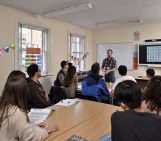
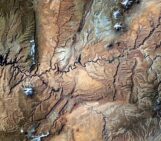
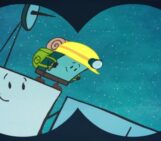
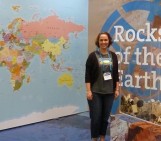
Pingback: GeoLog | Educators: apply now to take part in the 2020 GIFT workshop! - GeoLog
Pingback: GeoLog | Educators: apply now to take part in the 2019 GIFT workshop!
Pingback: GeoLog | Apply now to take part in the 2016 GIFT workshop!